Search

Community Gardens: Budget & Fees
In order to have a sustainable project, it is very important to identify all of the expenses that are involved in the operation of your community garden. Are there costs associated with utilizing the site, site preparation (tilling, plowing, soil testing, or soil amendments), on-site resources (hose, fencing, or shared tools), marketing the garden, water usage, or insurance?
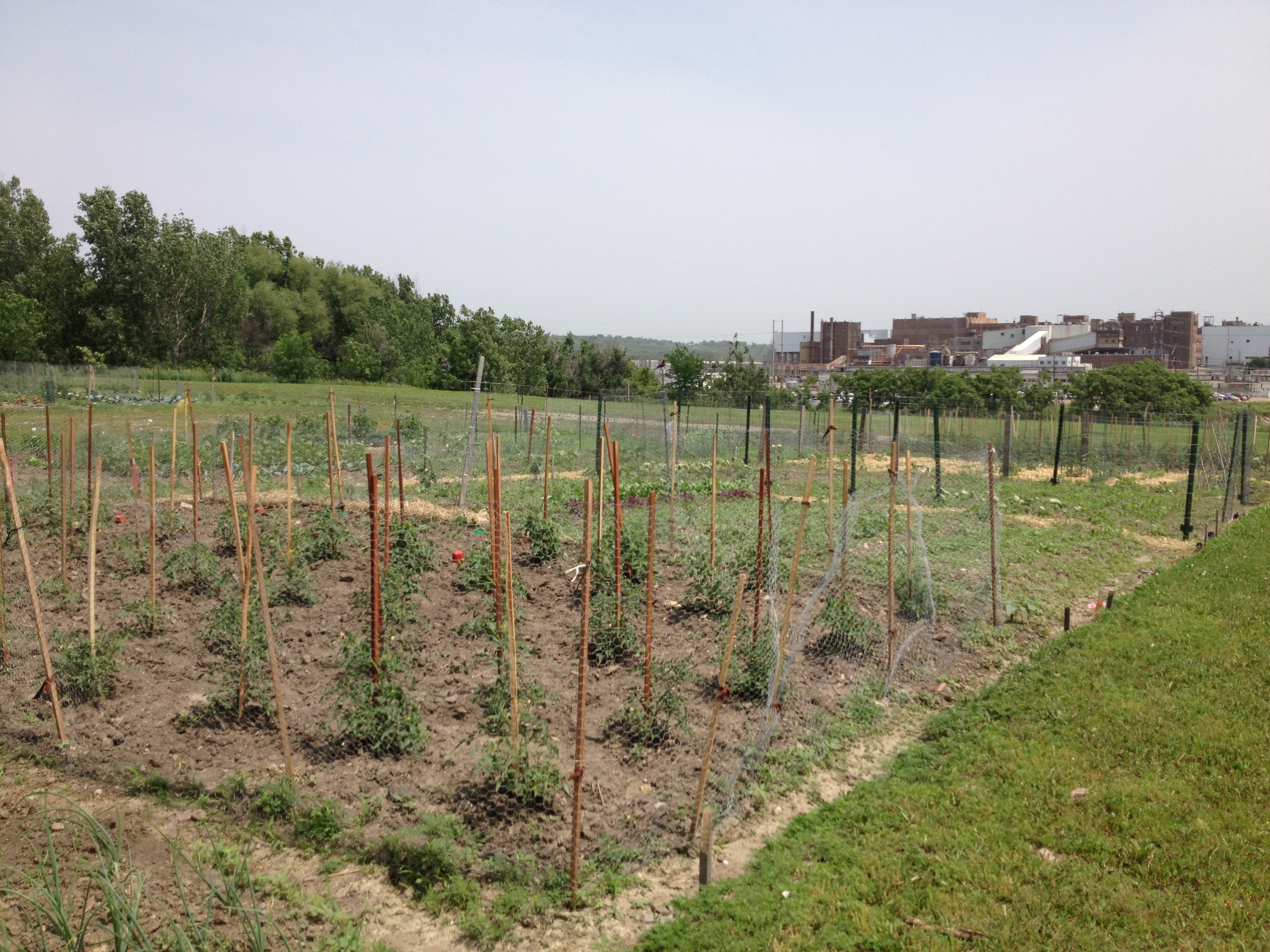
Community Gardens: Garden Rules - Operational Guidelines
When developing garden rules or participate guidelines it is important to address activities related to the operations of the garden. Clearly state that gardeners are expected to maintain their plot for the entire season and list the dates of the season during which they are responsible.
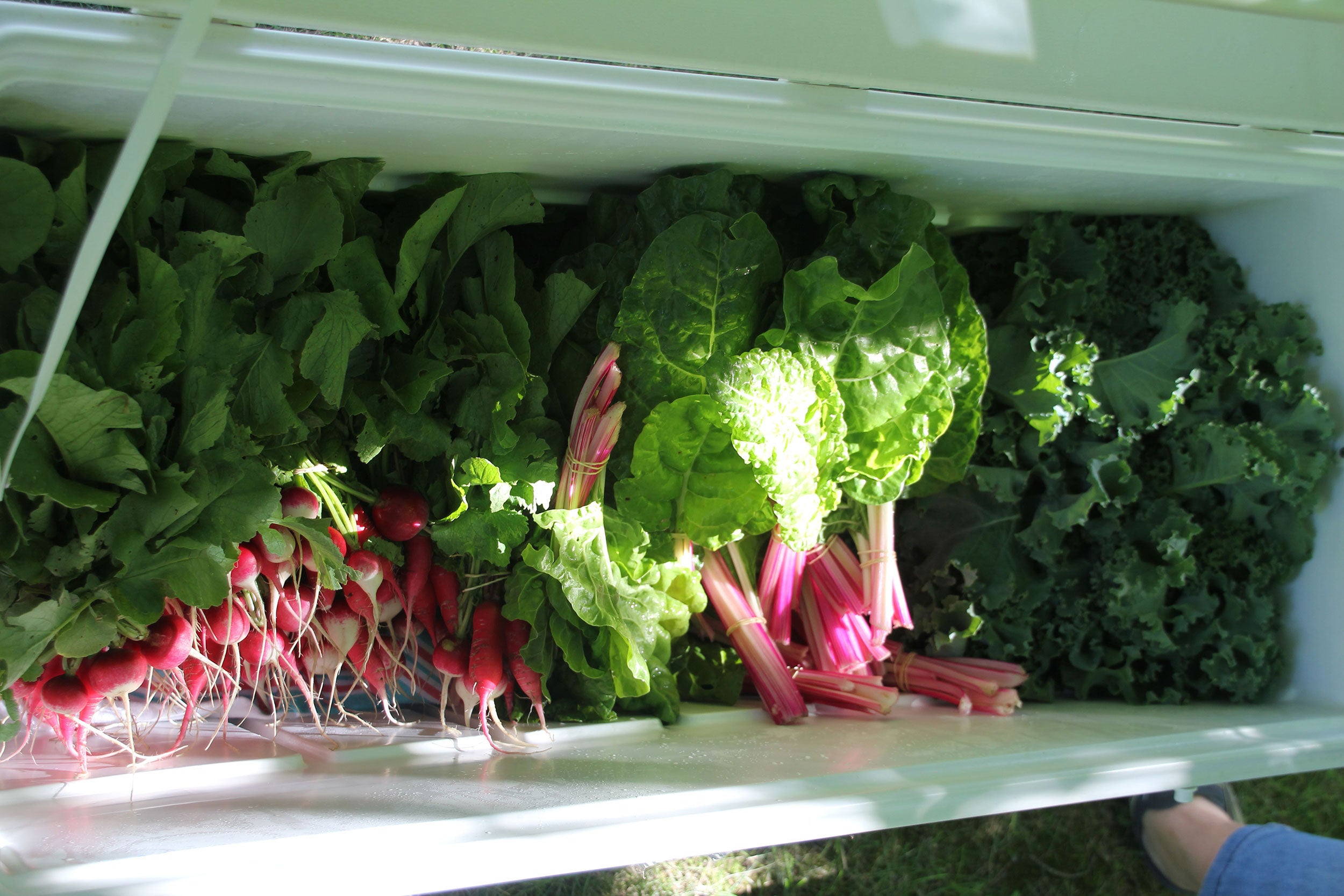
Container Gardens and CSAs
Just about all of us have room to grow a few vegetables, as long as you have some space where they can get good sun exposure for at least six hours a day. You don’t even have to have a garden!
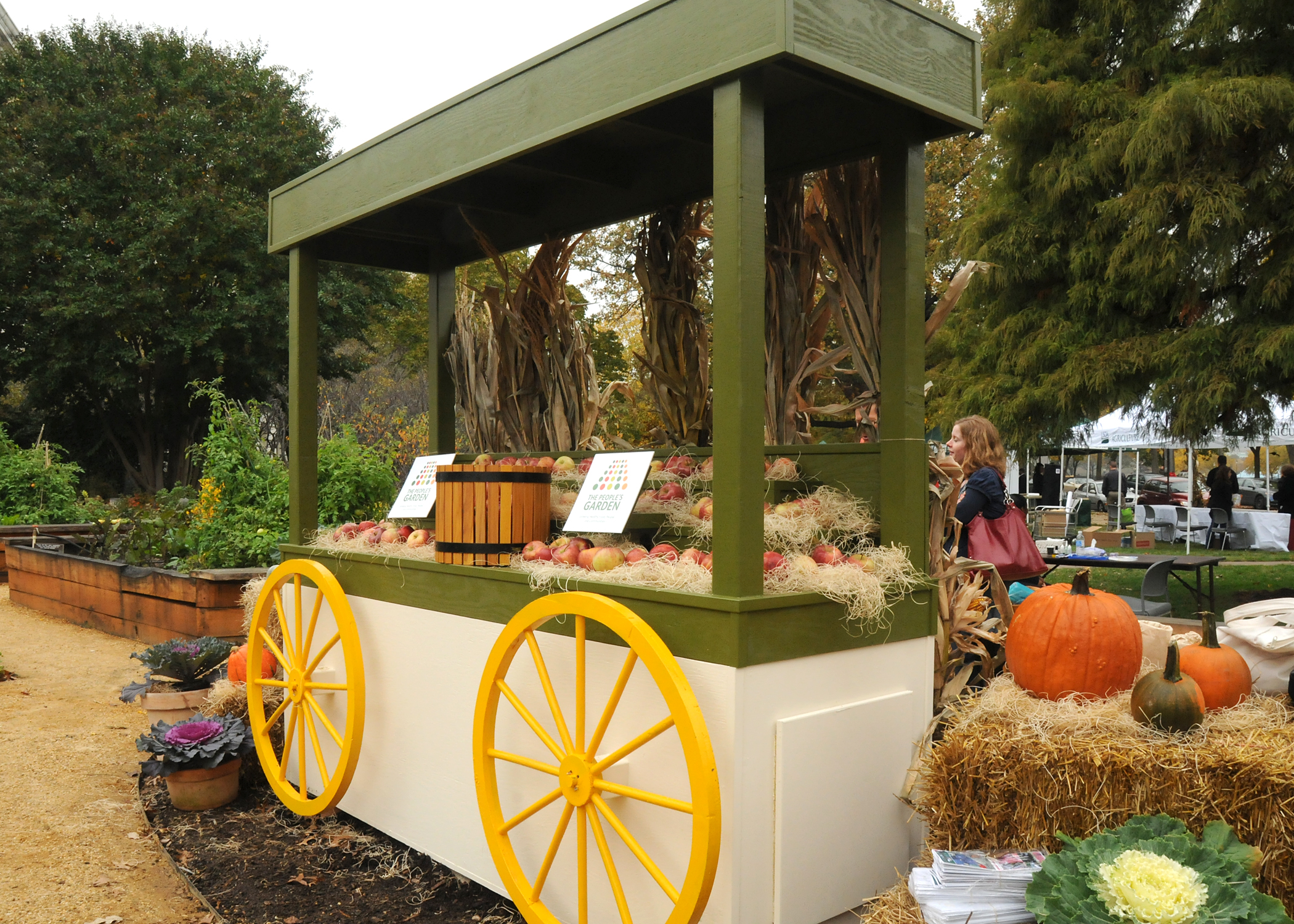
Roadside Stand
Local food producers have many options when it comes to marketing their locally grown produce. Roadside or farm stands can be either permanent or temporary structures near a road or in a parking lot that sell directly to consumers.
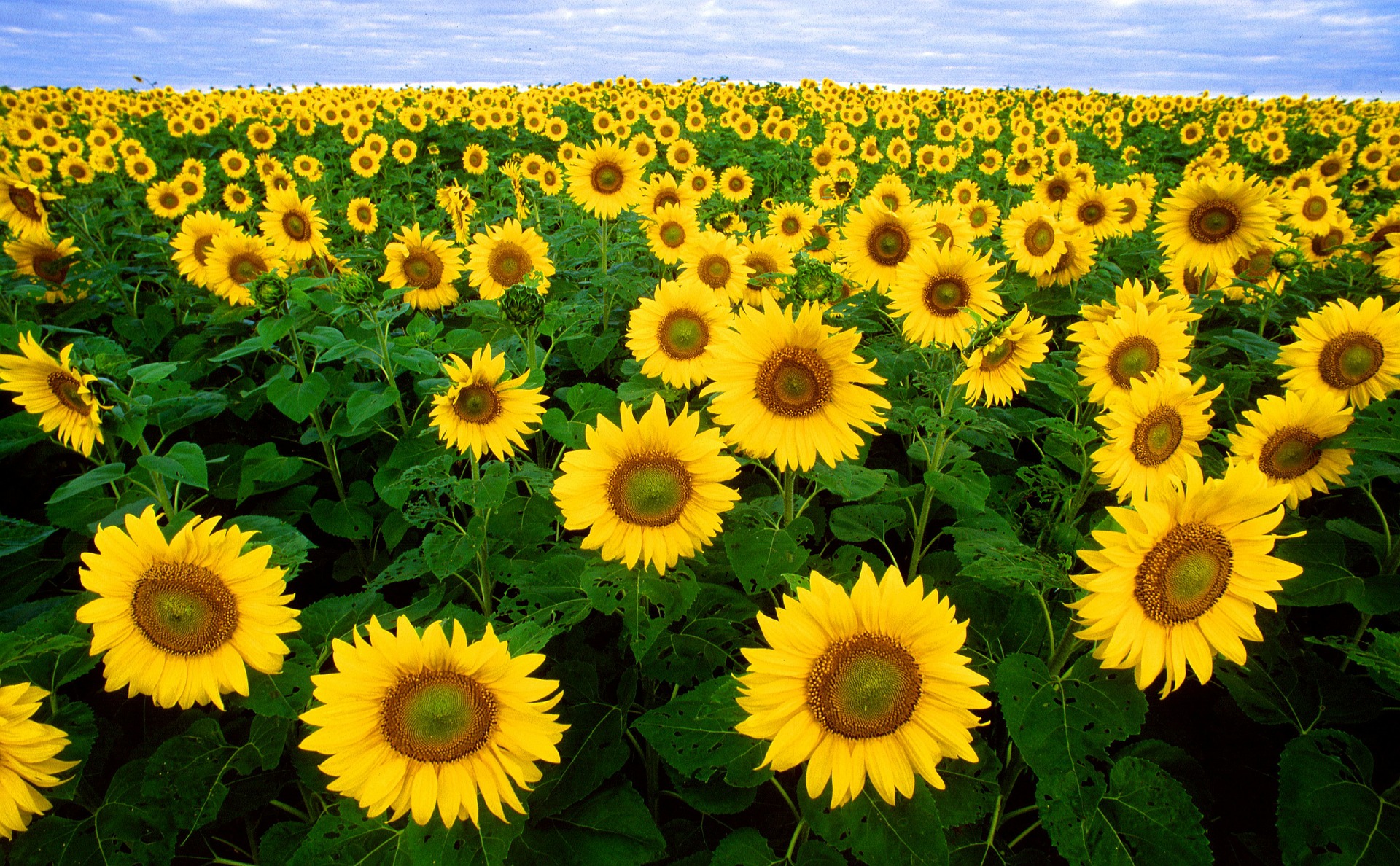
Why Add an Agritourism Enterprise to Your Farm or Ranch?
Agritourism is the practice of touring agricultural areas to see farms and often to participate in farm activities.
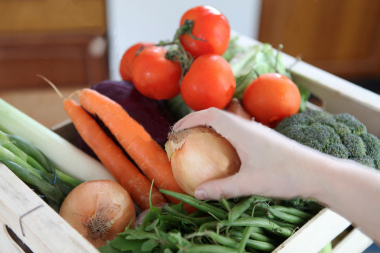
CSA Benefits: A Consumer Perspective
Community Supported Agriculture (CSA) programs can offer a wide variety of benefits to consumers.

SDSU Extension Farm to School supports 'feeding kids great food’
September 05, 2024
In 2024, 69 schools in South Dakota reported serving local beef in school meals in what’s commonly called Beef to School, a component of the Farm to School program supported by SDSU Extension.
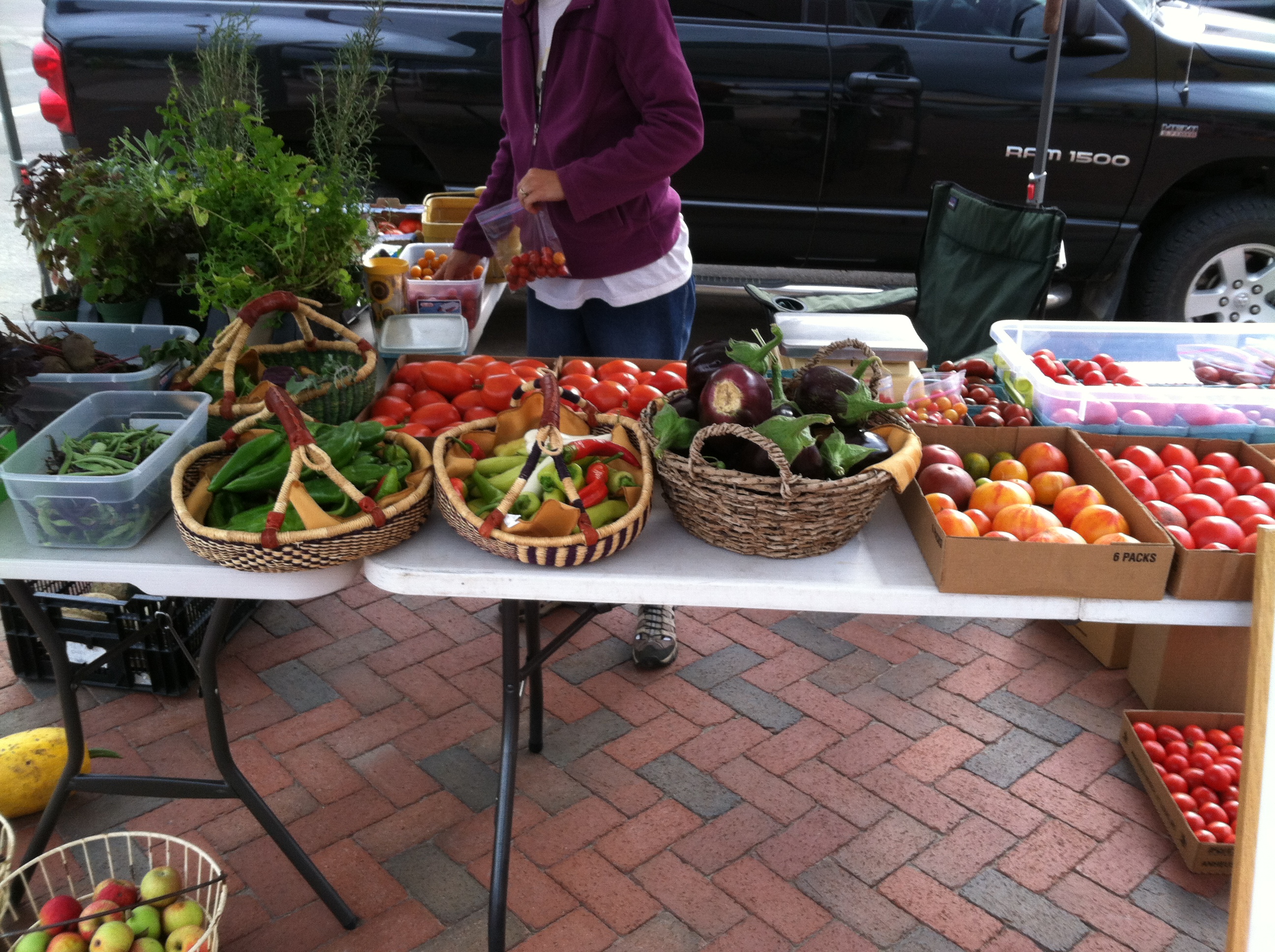
Farmers Market Food Safety: At the Market
Displaying food and produce safely requires attention to reducing the risk of contamination.
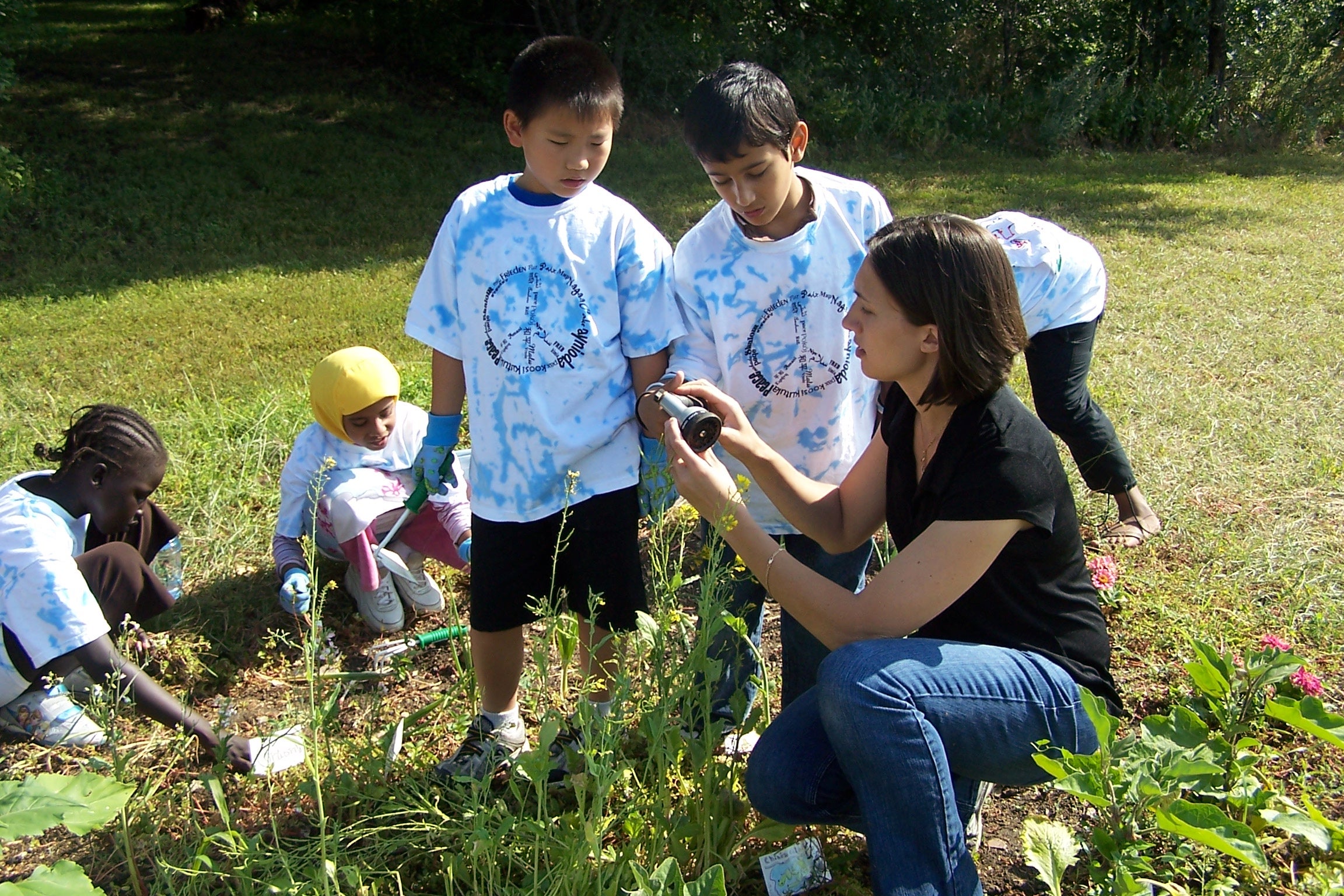
Ages & Stages in the Garden: Ages 9-11
When working with upper elementary youth in a garden consider their physical development and skill level as you develop learning activities. Nine to eleven year olds have better coordination and reaction time by this age, however sometimes dues to growth spurs there can be short-term issues with balance and coordination. Additionally, these children have more body strength and their hand dexterity has increased.
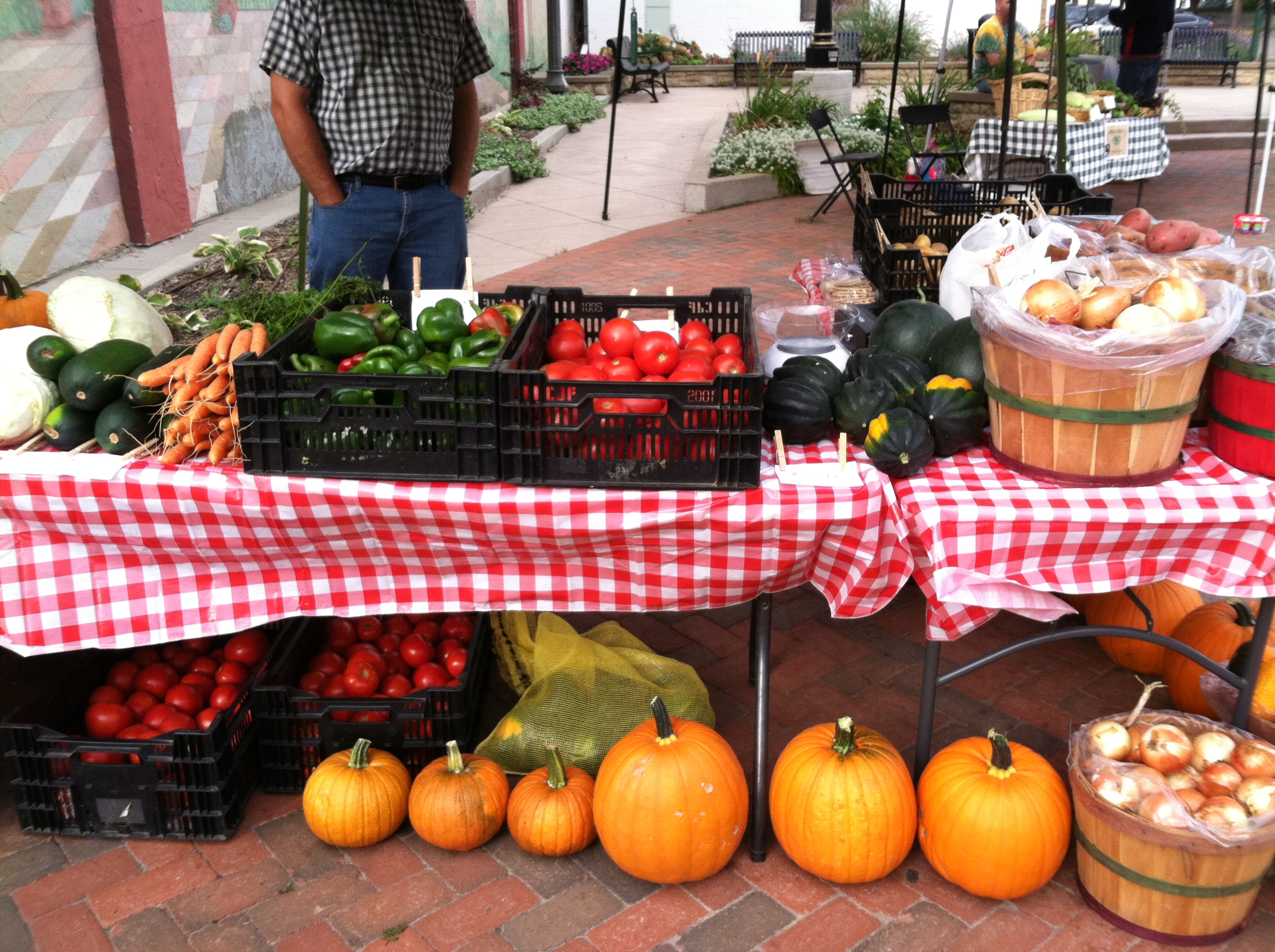
Developing a Vision Statement for a Farmers Market
The Vision Statement is a picture of what the market organizers want the market to look and feel like in the future.